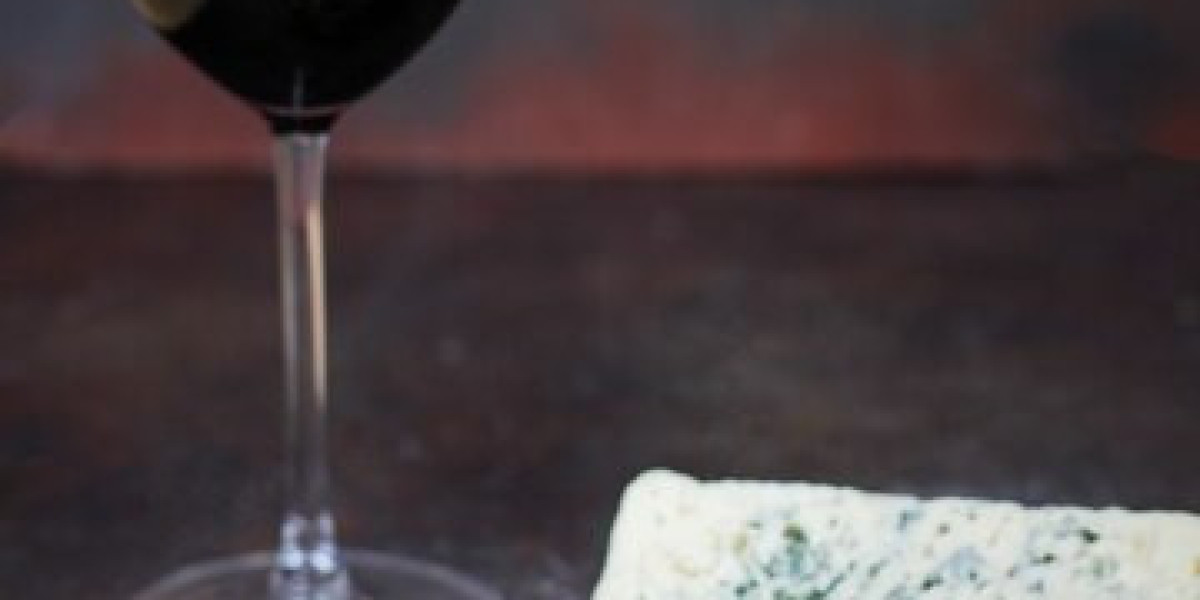The dessert wine market has traditionally been known for its association with sweet, indulgent wines that complement rich desserts. However, as consumer preferences evolve, dessert wines are finding new applications beyond the conventional dessert pairing. From fine dining to casual settings and even the cocktail scene, dessert wines are being embraced in a variety of innovative ways. This article explores the growing range of applications for dessert wines and how they are being utilized in modern culinary and beverage experiences.
1. Pairing with Savory Dishes
While dessert wines have long been paired with sweet treats like cakes, tarts, and chocolates, contemporary chefs and sommeliers are increasingly experimenting with savory pairings. Dessert wines' rich sweetness, balanced acidity, and complex flavor profiles make them an excellent complement to a wide range of savory dishes.
One of the most popular savory pairings is dessert wine with foie gras. The rich, fatty texture of foie gras balances beautifully with the acidity and sweetness of wines such as Sauternes or Tokaji, creating a luxurious and harmonious flavor experience. Similarly, blue cheeses, such as Roquefort or Stilton, are enhanced by the sweet and tangy notes of dessert wines, making for an indulgent pairing. Other savory pairings include spicy Asian cuisines, such as Thai or Indian dishes, where the sweetness of the wine can offset the heat and spice, creating a well-rounded, flavor-rich combination.
2. Wine-Based Cocktails
The growing trend of wine-based cocktails has opened up new opportunities for dessert wines to shine in the mixology scene. Traditionally, dessert wines were enjoyed as standalone beverages, but their incorporation into cocktails has provided a fresh and creative way to enjoy these wines. Bartenders and mixologists are experimenting with dessert wines in a range of cocktail recipes, from classic spritzers to more intricate concoctions.
Dessert wines like Icewine, Muscat, or Port can be used as the base for a variety of cocktails, adding a unique sweetness and complexity. For example, a dessert wine spritzer made with chilled Muscat and soda water creates a refreshing, lightly sweet beverage perfect for warm-weather occasions. In more sophisticated cocktail recipes, dessert wines can be combined with spirits such as gin or whiskey to create layered, balanced drinks that offer depth of flavor. This versatility is helping to introduce dessert wines to a younger, cocktail-loving demographic that might not have previously considered them.
3. Culinary Uses Beyond Pairing
In addition to their role in beverage pairing, dessert wines are also gaining popularity in the culinary world as ingredients in cooking and baking. Their concentrated sweetness and depth of flavor make them ideal for adding complexity to sauces, marinades, and dressings. For example, a splash of dessert wine can be added to a balsamic reduction to create a more robust, flavorful glaze for meats like duck or lamb.
Dessert wines are also making their way into desserts beyond the typical wine pairings. For example, winemakers have begun creating unique ice cream flavors, sorbets, and gelato infused with dessert wines like Muscat or Tokaji. These frozen treats harness the sweet, fragrant qualities of dessert wines, offering a new way for consumers to indulge in their favorite beverages. Additionally, dessert wines are being incorporated into pastry recipes, where their sweetness can be used to complement flavors like chocolate, vanilla, and citrus.
4. Celebratory Occasions and Gifts
Dessert wines have also become increasingly popular as gifts and celebratory drinks. As luxury and premium wine markets expand, consumers are turning to high-quality dessert wines for special occasions like weddings, birthdays, and holidays. Their richness and ability to be enjoyed in small sips make them ideal for toasts or for sharing during festive moments.
Gift sets featuring dessert wines, such as rare bottles of Icewine or Port, are becoming popular, especially in markets where wine culture is growing. These wines, often considered indulgent and sophisticated, are seen as the perfect gift for wine enthusiasts or for those looking to add an element of luxury to their celebrations.
5. Incorporation into Health-Conscious Offerings
As consumers become more health-conscious, there is growing interest in lower-alcohol and organic dessert wines. Winemakers are exploring ways to produce sweet wines with fewer calories and lower alcohol content, making them more appealing to health-conscious consumers. Organic and biodynamic dessert wines are also becoming more common, with producers using environmentally friendly practices that appeal to those seeking sustainable and ethical products. These trends in the dessert wine market are opening up new applications for consumers who are mindful of both their health and the planet.
Conclusion
The dessert wine market is expanding far beyond its traditional use as a pairing for sweet desserts. From savory dishes and wine-based cocktails to culinary creations and celebratory occasions, dessert wines are finding new applications that showcase their versatility. As innovation continues to drive the industry, these wines are being integrated into diverse consumer experiences, appealing to a wide range of tastes and preferences. The evolving use of dessert wines reflects broader shifts in the market, offering new opportunities for producers, chefs, and consumers alike. As the demand for unique and sophisticated beverages grows, dessert wines are sure to remain a key player in the global wine scene.









